Is there a chance for older people to do test tubes?The data that American test tube older women must know
Many older women who plan to come to the United States for test tubes will almost encounter problems:What is the limit age of the test tube?Which IVF clinic can choose to increase the success rate?
It is true that the cost of trial and error for IVF in the United States is very high, with a cycle costing 2 to 3 US dollars. It is not only a loss of money and time, but also a great mental and emotional torture.
Faced with so many propaganda introductions, it seems difficult to make a choice. This article analyzes some of the conditions of American test tubes for older adults, and hopes to be helpful to friends who are about to come to the United States for test tubes or are on the test tube.
It is impossible to generalize at what age you can still do test tubes.
This depends on the ovarian reserve function, or ovarian age.The age of most healthy women corresponds to the age of the ovaries.Some women may have premature ovarian failure (diminished ovarian reserve, DOR). When they are in their early 30s, their ovarian reserve function degrades to the level of their 40s.At this time, if you do a test tube, you need to treat it according to the age of the 40-year-old ovaries, and choose a micro-promoting, natural-promoting plan.In addition, during pregnancy to two or three months after delivery, the ovaries are in a resting state, which is the best maintenance for the ovaries.Every time a female is pregnant, the ovaries are one year younger.This also explains why women gave birth to many women before, and they can still give birth when they are nearly fifty, and menopause is relatively late.
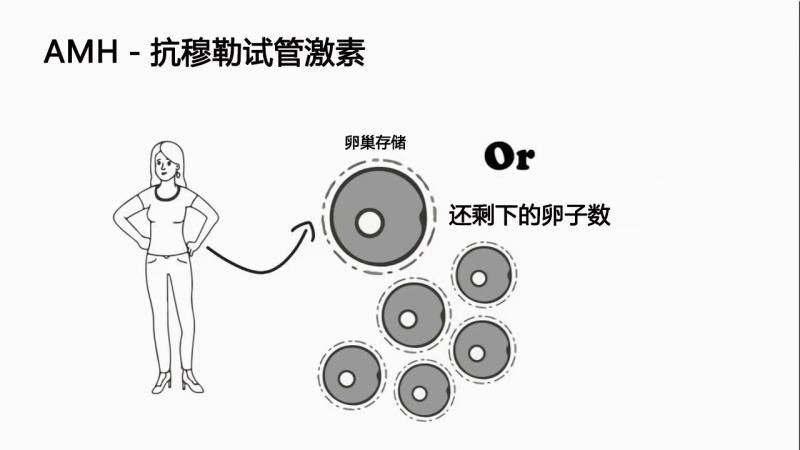
How do I know the age of my ovaries?
It is mainly evaluated by three indicators: anti-mullerian hormone (AMH), follicle stimulating hormone (FSH) on the second or third day of the holiday and the second or third day of the holiday The basal follicle count (AFC) of ovarian ultrasound.As women age,FSHValue increases,AMHDecreased values-both hormones will change with age.The number of basal follicles decreases with age.
The following table lists the values for normal women of various ages.
| age | AMH average | FSH | Average AFC |
| Less than 33 years old | =2.1ng/mL | <7.0 mlU/mL | 15 |
| 33-37 years old | =1.7ng/mL | <7.9 mIU/mL | 11 |
| 38-40 years old- | =1.1ng/m | <8.4 mIU/mL | 7 |
| 41 years old and above | =0.5ng/mL | <8.5 mIU/mL | 4 |
For a given age, the higher the AMH value, the better, the lower the FSH value, the better, and the higher AFC value is better.For example, 32 years old, AMH 4.2, FSH 3.1, AFC 16, ovarian function is better, the ovarian age is equivalent to 28, 9 years old.In one small dose, 21 eggs were collected, 20 of which were mature, 18 eggs were successfully fertilized, and 6 blastocysts were obtained.After giving birth to Dabao, I fell asleep with the baby and woke up again at night, suffering from insomnia for a long time.Irregular work and rest resulted in AMH falling to 35 and FSH rising to 2 at the age of 7. It basically corresponds to the actual age.
Generally speaking, AMH is greater than 1, FSH is less than 8 or 9, AFC has about 7 to 10, and the expected result of IVF is still relatively ideal.With the goal of obtaining at least one blastocyst with normal chromosomes, if one cycle of promoting discharge is unsuccessful, after adjusting the promotion plan, there is a high probability that two to three cycles of promoting discharge will succeed.So generally speaking, 38-40 years old is the last age to make test tubes. After the age of 40, unless the ovarian function is particularly good, the woman needs to use her own eggs as a test tube, which usually requires more cycles, such as 5-8 micro-stimulation or natural stimulation cycles, which requires a lot of time, energy and money. Nor does it guarantee success.Therefore, I have always believed that fully understanding your own situation and choosing the right plan, clinic and doctor will help you avoid detours.
The following figure shows the probability of at least one blastocyst passing the PGS for different age groups, passing through one or more test tubes, which is the success rate defined in this article.It can be seen that 40 years old is a watershed. Before the age of 40, the success rate is still relatively high. Children under 37 have a success rate of about 90%, and those under the age of 38 to 40 have a 76% success rate. 41-42 years old, the success rate is less than half.
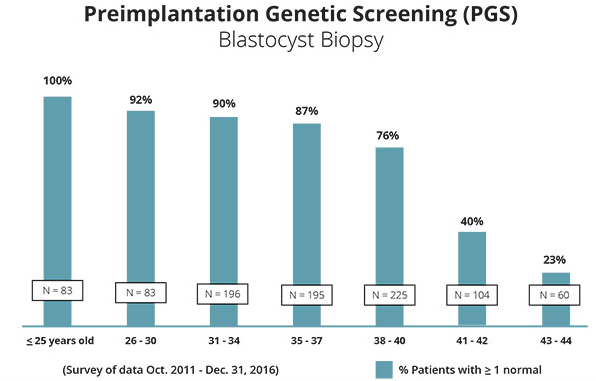
Young women with premature ovarian failure do test tubes. Compared with older women doing test tubes, although the ovaries are the same age, they still have an age advantage
The advantage is that the quality of young eggs is better, and the proportion of eggs with normal chromosomes is higher.Completed blastocysts are sent for chromosome genetic testing, and the proportion of blastocysts with normal chromosomes will be higher.Therefore, even if there is premature ovarian failure between the ages of 30-35, the success rate is still higher than the success rate of test tubes in the 40s.
As the ovaries age, their function declines, and there are fewer basal follicles, and if they are not sensitive to large-volume stimulation drugs, consider using minimally stimulated IVF (mini-IVF) or natural IVF.排式。 Row way.Because when there are few eggs and no eggs can be promoted, high-dose drugs will not work at all. On the contrary, the minimal use of ovulation-stimulating drugs or even no use may improve the quality of the eggs, because it is closer to our "natural menstrual cycle" .Generally speaking, AMH<0.6, and the number of basal follicles is less than 5, which is the scope of application of micro-stimulation. AMH is very small, FSH is naturally very high, at this time FSH is 12 or 18 is not important.What is more concerned is that there are several basal follicles. Try to make these basal follicles develop with high quality and take them out when they are most mature.This requires the help of the doctor's rich experience to individualize the discharge.There are fewer eggs from the micro cycle, and fewer eggs from the natural cycle.Coupled with the fact that the wife is older and the rate of getting healthy eggs is low, it takes several cycles to get a blastocyst with normal chromosomes.
| Natural cycle | Slightly promote | Big promotion | |
| Applicable situation | Very old age, ultra-low AMH (less than 0.2), basal follicle number less than 2 | Older age, high FSH or low AMH, less than 5 basal follicles | Young, normal hormones, basal follicle number greater than 10. |
| Promotion plan | Basically do not use excretion promoters | Mainly oral drugs, small dose of needles | Start the injection on the third day of menstruation to induce the growth of multiple follicles |
| Treatment expectations | Egg collection 0-1 | Egg collection 2-9 | Collect more than 10 eggs |
| Promoting interval | Monthly advance week | Monthly advance week | At least 2-3 months |
| Single success rate | Less than 20% | Less than 50% | Greater than 70% |
| Estimated number of cycles | More than 5 cycles | More than three cycles | 1-2 cycles |
Let's talk about the characteristics of the big promotion and micro promotion clinics and how to see the clinic's success rate:
- The data provided by the IVF clinic is based on the age of the woman.Big promotion clinics mainly focus on young patients, while micro promotion clinics focus on older patients.Taking the number of frozen transfers as an example, half (47%) of the transplants in the Dashu clinic are under the age of 35, and only 38% over the age of 24, while half (49%) of the transplants in the Weishu clinic are over the age of 38.
- For elderly patients who have difficulty in promoting ovulation, Daxu clinic encourages the use of egg donation, while Weixu clinic will try to let patients use their own eggs.Therefore, the number of transplant cycles using egg donation varies greatly.The number of egg donation transplants in the clinic is as high as 348 times, more than twice the number of transplants over 40 years old.However, the number of egg donation transplants in the Weifa Clinic is relatively small, 80 times, which is less than half of the number of transplants over the age of 40.
- The 41-42-year-old live birth rate of the Weihui clinic is lower than that of the Datong clinic. The reason is that the Datong clinic has probably convinced older patients with low success rates to use egg donation, and only patients with good conditions remain.Under normal circumstances, the live birth rate should decrease with age.
- In terms of the number of cycles of saving sacs (eggs), the major clinics focus on young women saving eggs, while the micro-care clinics focus on saving blastocysts for older patients, each with its own focus.
A big promotion clinic
| Frozen sac transplantation | <35 years old | 36-37 years old | 38-40 years old | 41-42 years old | Egg donation |
| Live birth rate% | 51.4 | 55.5 | 40.0 | 53.3 | 44.8 |
| Average number of blastocysts transferred | 1.5 | 1.5 | 1.4 | 1.2 | 1.4 |
| Number of transplants | 294 | 182 | 110 | 45 | 348 |
| Portion number ratio | 47% | 29% | 17% | 7% | |
| Number of cycles of saving sac (egg) | 335 | 263 | 261 | 167 | 无 |
B Weiju Clinic
| Frozen sac transplantation | <35 years old | 36-37 years old | 38-40 years old | 41-42 years old | Egg donation |
| Live birth rate% | 62.5 | 56.7 | 48.9 | 42.9 | 55.0 |
| Average number of blastocysts transferred | 1.2 | 1.2 | 1.2 | 1.1 | 1.3 |
| Number of transplants | 104 | 104 | 135 | 63 | 80 |
| Portion cycle ratio | 26% | 26% | 33% | 16% | |
| Number of cycles of saving sac (egg) | 297 | 290 | 480 | 370 | 无 |
The above data are real statistics from two test tube clinics in the United States in 2016.
Previously, most clinics focused on large-scale promotion, and rarely did small-scale promotion.The main clinics that do micro-promoting are Life IVF in California and New Hope in New York.There are many doctors in the New Hope Clinic. In recent years, the doctors who have gone out to practice alone include Dr. Chang who went to Hanabusa IVF in California and Dr. Yang who went to Legacy IVF in New York.These doctors are more adept at personalized medication according to the actual situation of the patient, and help women of very old age (45 to 49 years old) to successfully obtain their own baby.

In recent years, traditional big promotion clinics have also begun to get involved in micro promotion and natural promotion, but their pricing and management methods are still not as good as micro promotion specialty clinics.No matter what kind of promotion method is carried out, the big promotion clinic will receive according to the big promotion standard. For example, a chromosome examination costs about 5 US dollars, and a maximum of 8 blastocysts are sent for testing.Microfacilitation clinics charge afterwards according to various treatment items. If there are no eggs available, there will be no expenses in this regard. There is a cost-effective monthly discount for monitoring in the promotion phase. Chromosome examination is charged according to the number of blastocysts (for example, each cyst 750 US dollars), these make a single cycle of medical expenses reduced a lot.In addition, doctors have superb egg retrieval techniques. If the number of eggs retrieved does not exceed 10, the patient does not need general anesthesia to retrieve the eggs, which is convenient and quick.These are things that the big promotion clinic cannot do.Therefore, it is recommended that patients with very low AMH and very few eggs, if time and economic conditions permit, stay in the vicinity of the Weizhi clinic for half a year, and at the same time condition the body, exercise moderately, and strive to obtain normal blastocysts.As long as there are eggs, there is hope.
Recommended




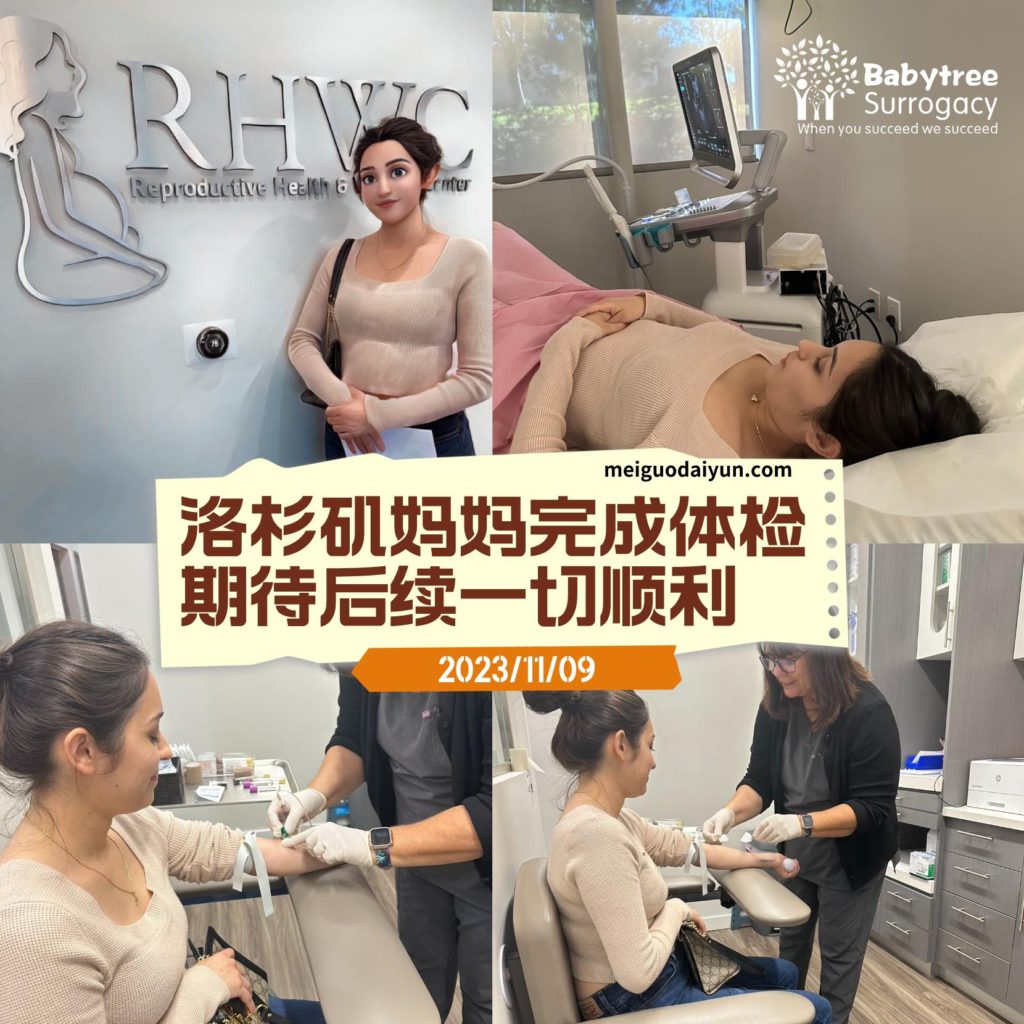
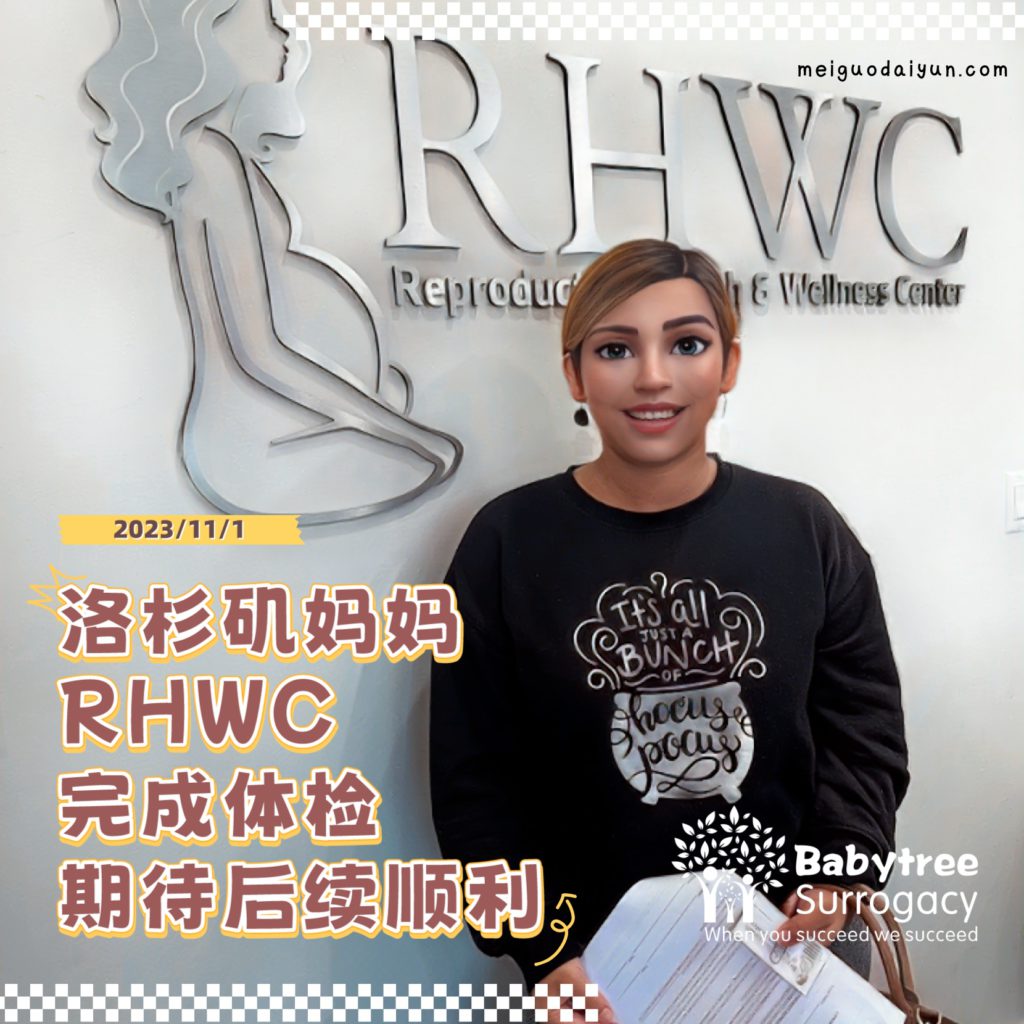
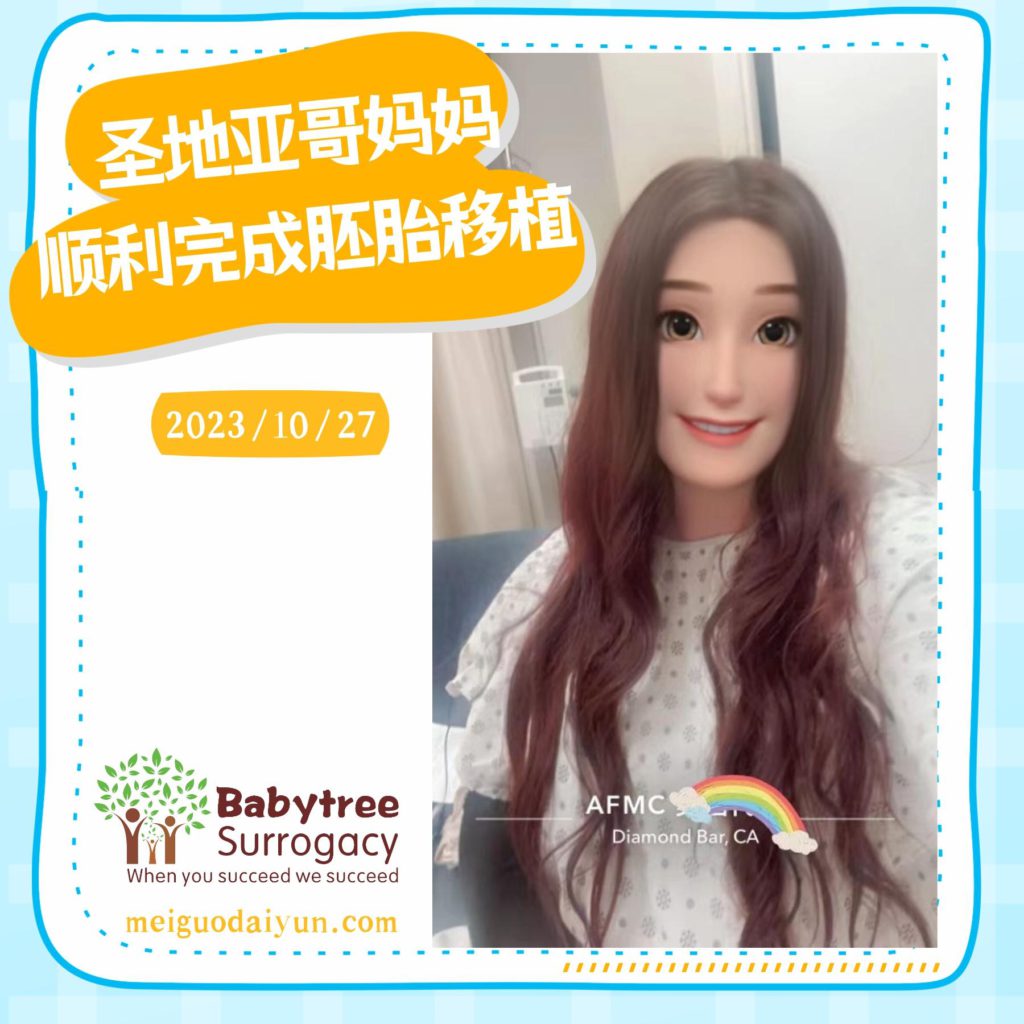
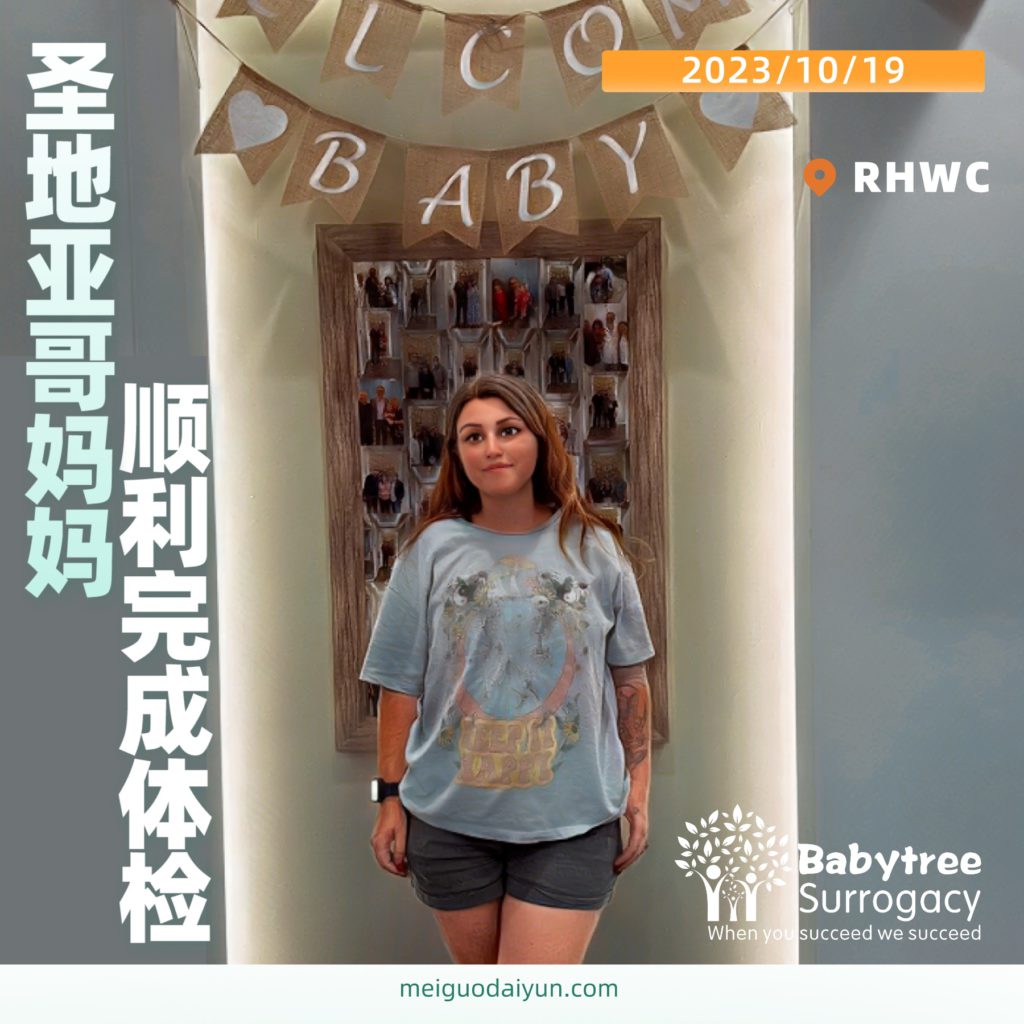
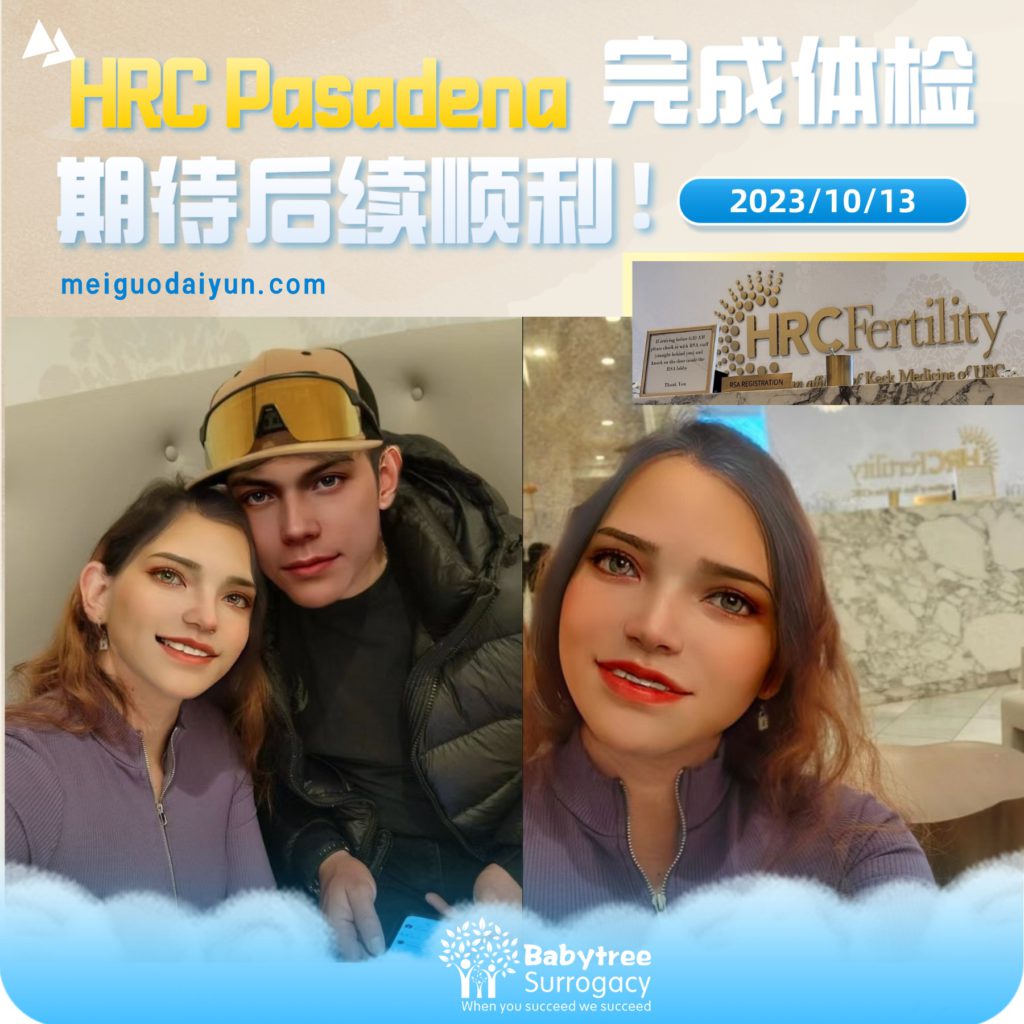
0 comments